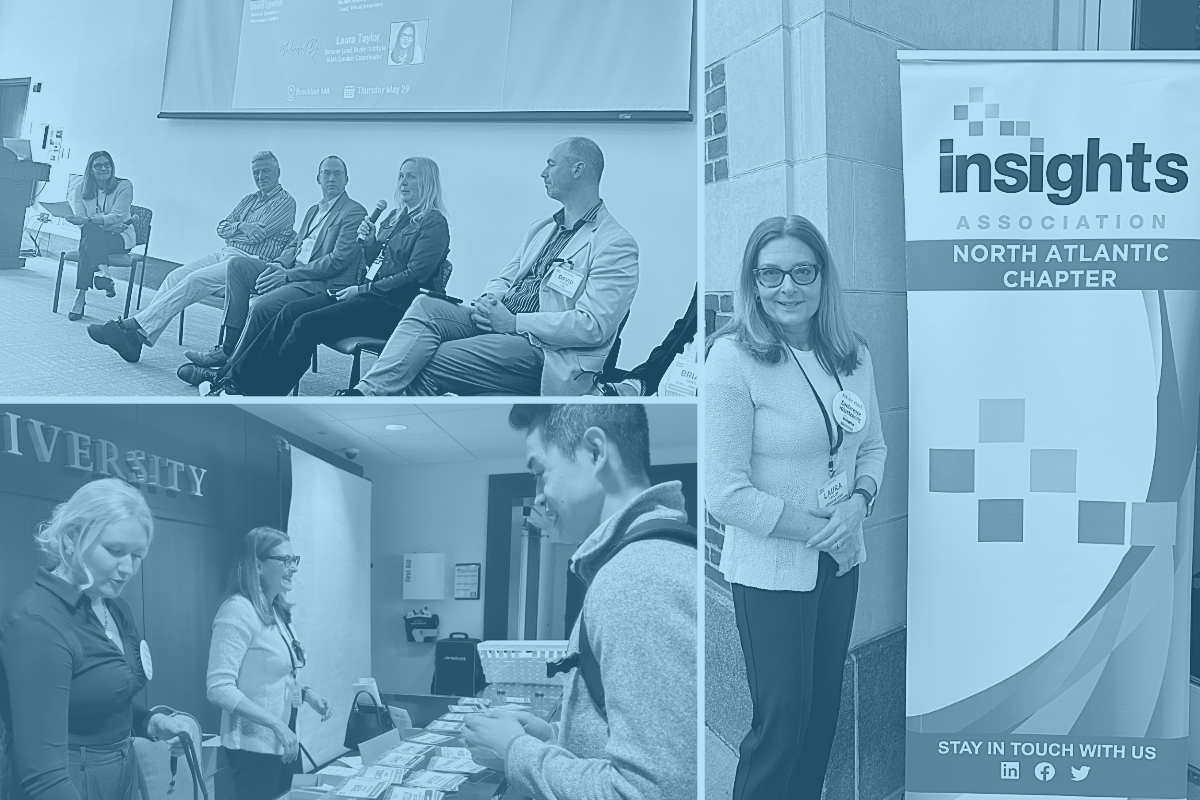
Leveraging Secondary Information to be First-Class Researchers and Consultants
by Nicki Ciminillo
We all have different ways of staying informed about markets, competitors, and industry trends. Some of us likely open our inboxes each morning to a plethora of emails for each Google Alert we’ve set up. Some of us may start an ad hoc information query with a simple Google search when there is a need to quickly brush up on a particular subject or industry or learn about a new product offering from a client’s competitor. Most of us use a combination of these methods.
How do the teams at Burke and Seed Strategy manage the process of secondary research – keeping track of news, press releases, market trends, social media, regulatory information, mergers and acquisitions, and so much other information? And more importantly, how do we then use that information to identify trends and discover actionable insights? Here, we’ll discuss some examples of how we use secondary research to enrich how we serve organizations’ information and insights needs.
Context Completes the Picture
Secondary research enriches, contextualizes, and pressure tests our findings as a complement to our primary research. Primary research offers a customized examination of nuanced business problems. Those problems and issues sit within a context that secondary information can describe, and with that fuller picture, researchers can offer better consultation.
Recently, two Burke researchers utilized their industry expertise and combined that with both primary and secondary research to provide their perspective on patient concerns about digital healthcare tools and data security. Overall, they found that most consumers generally trust the healthcare tools from technology companies, though future security breaches could quickly shift this view. In addition, we also create a monthly secondary research newsletter for an internal healthcare team – including business-relevant trends, recent articles and other useful information that enhance our teams’ effectiveness. Account teams use this information to be prepared for and to address any related changes in our survey or qualitative data that may be impacted as a result.
In another case, we wove secondary findings into our Burke COVID-19 Segmentation as “Outside Thinking.” Integrating this additional view with our primary research results allowed us to further illuminate the eight COVID-19 consumer segments and provide additional support or texture to the primary results. Look for our update to the original Burke COVID-19 Segmentation results, coming soon. We’ve “checked in” on our segments to reveal how they’re doing and what they expect and need in 2021 and beyond.
The Sky is Falling! What’s Going on?
Large and small disruptions happen…mergers and acquisitions, reorganizations, elections, new laws, and then there’s the once-in-a-century pandemic. We as researchers play a pivotal role when anticipated and unexpected disruptions, both large and small, arise. Especially with today’s digital systems of information collection and distribution, new doors have opened for harnessing relevant data and delivering it to stakeholders as conditions change and the need for insights morphs and intensifies.
We continually monitor this abundance of information and ensure that our teams have access to that content exactly when they need it. The secondary information we procure can be used at various junctures:
- Informing our internal teams at the very beginning of a new client relationship
- Adding context to our questionnaires
- Augmenting our reports and deliverables
- Monitoring market trends and hot topics in our clients’ industries
- Sharing competitive intelligence on our clients’ competitors
It’s hard to speak to large scale disruptions without mentioning COVID-19. Just over a year ago as the pandemic took hold of the world, we quickly leveraged secondary research to assist us in identifying and examining the impact of COVID-19 on our clients’ brands, products, organizations, and their industries. In very short order, our first (of many!) phases of COVID-19 work was completed as society shut down, resulting in focused thought leadership pieces on how COVID-19 had affected our top industries. Our team scoured both free and paid resources such as news tracking sources, industry-specific websites, Burke-sponsored primary research, and other sources. We thoroughly examined the impact as well as implications for various industries, including healthcare, technology, restaurants, CPG, financial services, telecommunications, and retail.
Additionally, we have tapped social media to explore relevant online conversation around COVID-19’s impact. For example, we found a spike in the conversation about the “Waffle House Index” early on in the pandemic. The index is an unusual measure, typically of a storm’s severity and its effect on the local community. It stems from Waffle House’s reputation for remaining open despite disastrous weather conditions. At the time of our research, the Index was “Code Red,” with the previous record being held in the aftermath of Hurricane Katrina in 2005. This finding allowed us to provide a unique lens to our restaurant industry research by showing the severe impact of the pandemic on restaurants.
We continually seek secondary solutions to supercharge our research, ones that empowers us to share more information in an expedited manner, and ultimately creates efficiencies in our knowledge management processes such as K360® offered by Cipher. If you’re interested in learning more about Knowledge360® and how the platform can help you build your own market and competitive monitoring system, visit: https://www.cipher-sys.com/competitive-intelligence-software
In the many ways we serve our clients, we have seen extraordinary results when we merge both primary and secondary research, and when we leverage all available information to inform decisions. Secondary information contextualizes insights. It makes us strategic consultants and partners to our clients. With data and information ubiquity today, we have the ability to raise the knowledge bar with every client engagement. Insights from secondary information helps us fulfill our commitment to research excellence.

As Group Manager, Market Intelligence & Reporting Support, Nicki is passionate about integrating secondary research with Burke’s primary research to illuminate and add clarity to our work. She leverages secondary information and over ten years of market intelligence experience to support both internal and external teams through all phases of the research process.
As always, you can follow Burke, Inc. on our LinkedIn, Twitter, Facebook and Instagram pages.
Sources: Feature Image – ©vectorfusionart – stock.adobe.com








